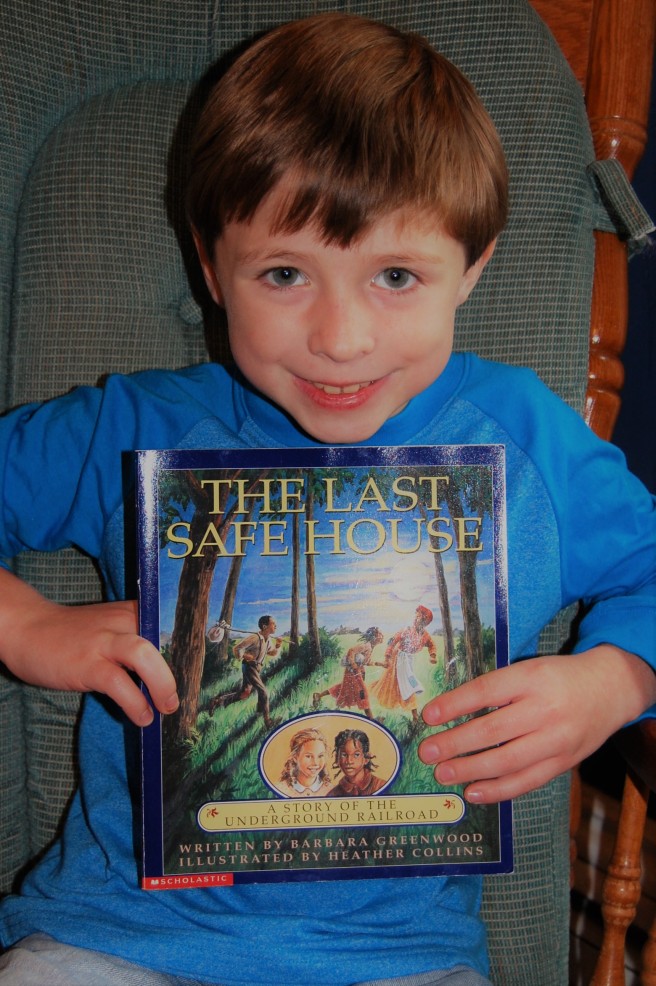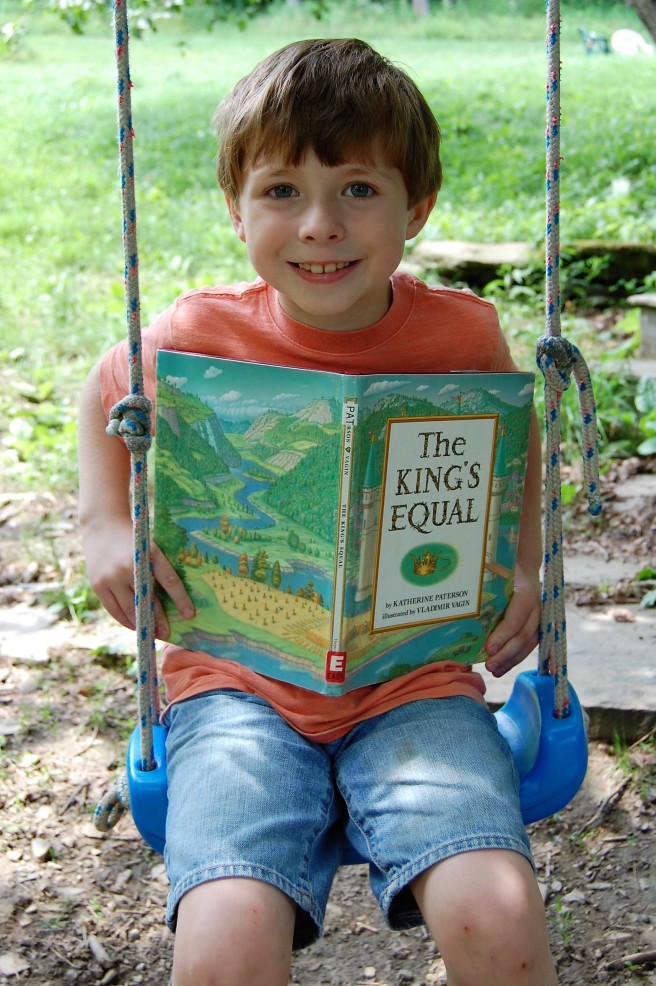With more than five hundred international variations, and dating as far back as the ninth century (with the Chinese story of Yeh-Shen), the story of a patient, kind, and unfairly treated young woman being rewarded for her goodness, has been told in many ways. Here in the states we know her as “Cinderella”, but many a name has been given to this beloved fairytale heroine. The following are just three of the many versions that have been shared around the globe.
Kongi and Potgi
Han, Oki S.(1996). Kongi and Potgi: A Cinderella Story from Korea. New York , NY: Dial Books for Young Readers.
In Kongi and Potgi young Kongi is forced by her mean stepmother to do all the work that would normally be shared by her daughter Potgi and herself, in addition to her own chores. Nobly, Kongi never complains. When the announcement is made that the prince is seeking a bride, and a grand ball is to occur, Doki gives Kongi near impossible tasks to prevent her from attending and being competition for Potgi. As often seen in Asian fairy-tales, animals come to the aid of our heroine: an ox helps her to hoe the land on the hillside, a toad plugs a water jug with a hole in it, and sparrows remove the kernels of rice from their shells. A rainbow in the sky brings angels, who dress her in the finest silk, and four men come down with a sedan chair in which to carry her. In this Korean version, the glass slipper is a jewel-like one.
What I love about this version is that not only do we see Kongi’s patient, humble character, as we do in all of the Cinderellas, but we also see her forgiveness:
“At the wedding reception Doki and Potgi could barely look at the bride, for they were ashamed of the way they had treated her. But Kongi welcomed them warmly and forgave their unkindness. Her father could not have been more proud.” (Han, p.32)
As indeed our Heavenly Father is when we ourselves forgive others.

Cendrillon
San Souci, Robert D. (1998). Cendrillon: A Caribbean Cinderella. New York, NY: Simon & Schuster Books for Young Readers.
Cendrillon is an adaptation of a traditional Creole version of Cinderella told in first person narrative by our character’s godmother. When the widowed father remarries it is to a “cold woman, and puffed up proud” (San Souci, p.7). A new daughter, Vitaline, is born and spoiled, while Cendrillon is given work that leaves her hands red and blistered, is barely fed, and sleeps on a hard pallet. The stepmother’s refusal to allow her to go to a birthday party for Paul Thibault, who Cendrillon likes, brings her to tears, and the godmother promises to find a way for her to attend.
Reminiscent of the Disney version, the stepmother and sister make demands of our heroine the minute they leave for the event. The godmother uses a wand of mahogany to turn a breadfoot into a coach, agoutis (animals like guinea pigs) into carriage horses, field lizards into footmen, and an opossum into a coachman. Cendrillon’s sky blue velvet dress is accompanied by a matching turban, jewelry, and pink slippers. Her godmother chaperones her and enjoys chocolate sherbert until the midnight chimes toll.
One cannot help but love Cendrillon’s godmother, her devoted advocate with a most unique personality. “If you cut off those big toes,” she calls out as Vitaline is trying to fit into the slipper, “it would be a fine fit.” (San Souci, p.35). And one cannot help but love Cendrillon, who refuses the offer to be dressed elegantly once again for the prince, in favor of him seeing her as she truly is. This version is beautifully rich and I can’t imagine reading it with anything but a Creole dialect to add flavor to the wonderful illustrations.

Adelita
De Paola, Tomie (2004). Adelita: A Mexican Cinderella Story. New York, NY: Puffin Books.
Tomie de Paola’s fairy godmother in Adelita is the young lady’s nurse, Esperanza, who has been with the Mercado family since before she was born. Esperanza perceives the coldness of her future stepmother, Dona Micaela, and her daughters, Valentina and Dulce, even before the wedding takes place. As in all of the Cinderellas our heroine never complains, in spite of the clear favoritism that is being shown. She has, after all, Esperanza, and “Because she knew Esperanza loved her, Adelita’s heart stayed as warm as the fire in the hearth.” (De Paola, p.10).
When Adelita’s father dies, the stepmother no longer needs to conceal her jealousy, and moves her up into the attic. One day, as Adelita is helping Esperanza in the kitchen, the cruel stepmother fires Esperanza. At this Adelita does begin to despair. An invitation arrives for a party at the ranch of the Gordilla’s in honor of their son Javier’s homecoming. After the stepmother and sisters leave for the party Esperanza, having dreamt of Adelita’s not being allowed to go, arrives. Finding a beautiful dress in Adelita’s mother’s old trunk, she dresses her, braiding flowers and ribbons into her hair.
Javier takes one look at Adelita and falls in love with her. “Adelita’s heart was full as well and all the meanness she had suffered over the years began to melt.” (DePaola, p.20). There are no glass slippers in this version, but rather her mother’s rebozo (shawl), hanging out of her window, leads Javier to Adelita’s door. Ad you can probably guess, this couple lives happily ever after as well.

The Cinderellas can be wonderful family read-alouds for a couple of weeks, enjoyed by older and younger members alike. They lend themselves readily to discussions of character, and of good overcoming evil. They can also be used to teach literary comparisons and analysis, (as kids talk about similarities and differences between the stories), cultural awareness as they are exposed to storytelling, artwork, and descriptions of celebrations and places around the world, and geography as they locate the settings of the tales on maps and globes. Nothing complicated: just the joy of reading shared between parents and siblings using stories they will recollect for years to come.











